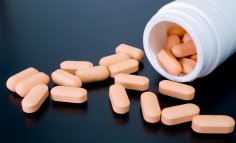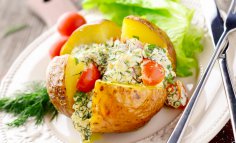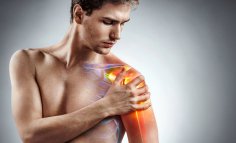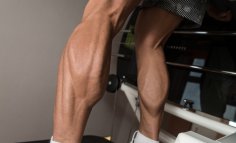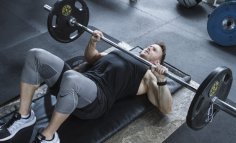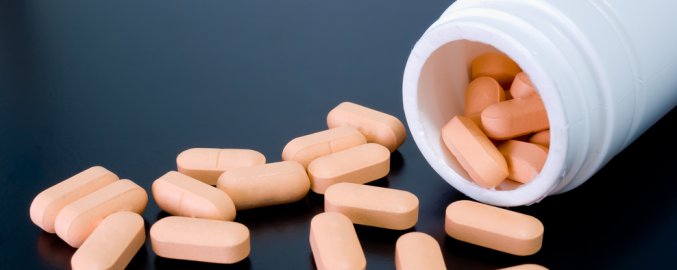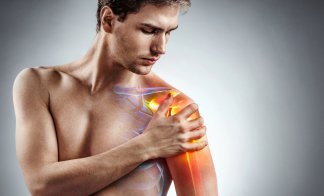Clin Nutr 2002 Oct;21(5):423-9 Related Articles, Links
Carbohydrate supplementation during intense exercise and the immune response of cyclists.
Bacurau RF, Bassit RA, Sawada L, Navarro F, Martins E Jr, Costa Rosa LF.
Department of Physiology and Biophysics, Institute of Biomedical Sciences, University of Sao Paulo, Brazil.
OBJECTIVE: To evaluate the effect of carbohydrate supplementation upon some aspects of the immune function in athletes during intense indoor cycling. METHODS: Twelve male athletes cycled for 20 min at a velocity corresponding to 90% of that obtained at the anaerobic threshold and rested for 20 min. This protocol was repeated six times. The athletes received, during the trial, water ad libitum, or a solution of carbohydrate (95% glucose polymers and 5% fructose) at 10% (w/v), 1 g kg h every 20 min, starting at the 10th minute of the first exercise period, plus extra water ad libitum. RESULTS: Exercise induced a reduction in peripheral blood mononuclear cell proliferation (37%) as well as in the production of cytokines by cultured cells (interleukin-1 (IL-1), interleukin-2 (IL-2), tumor necrosis factor-alpha (TNF-alpha) and interferon-gamma (IFN-gamma), by 37%, 35%, 26% and 16%, respectively). All of these changes were prevented by the ingestion of a carbohydrate drink by the athletes, except that in IFN-gamma production, which was equally decreased (17%) after the second trial. The concentration of plasma glutamine, an important fuel for immune cells, was decreased in the placebo group but maintained in the group that received carbohydrate. CONCLUSION: Carbohydrate supplementation affects positively the immune response of cyclists by avoiding or minimizing changes in plasma glutamine concentration

